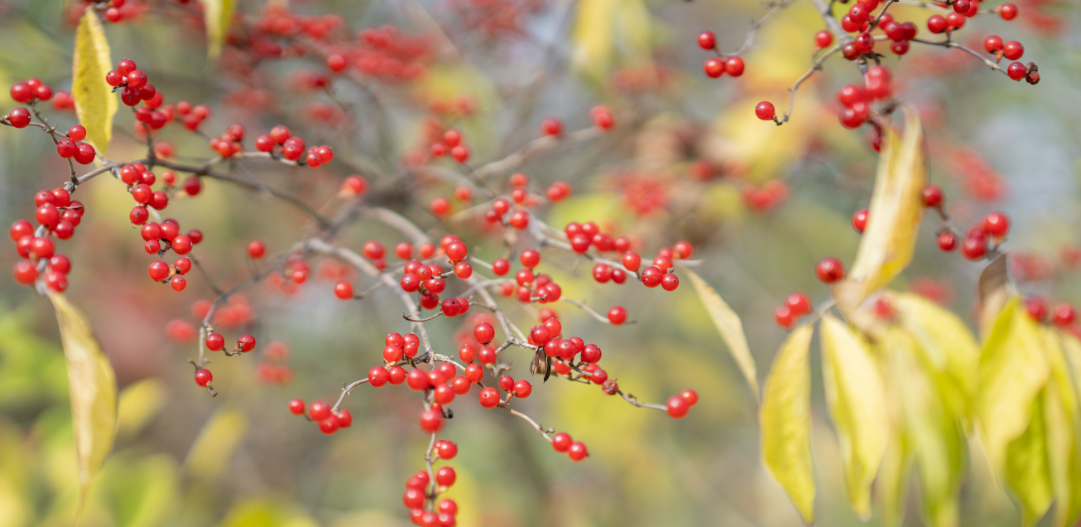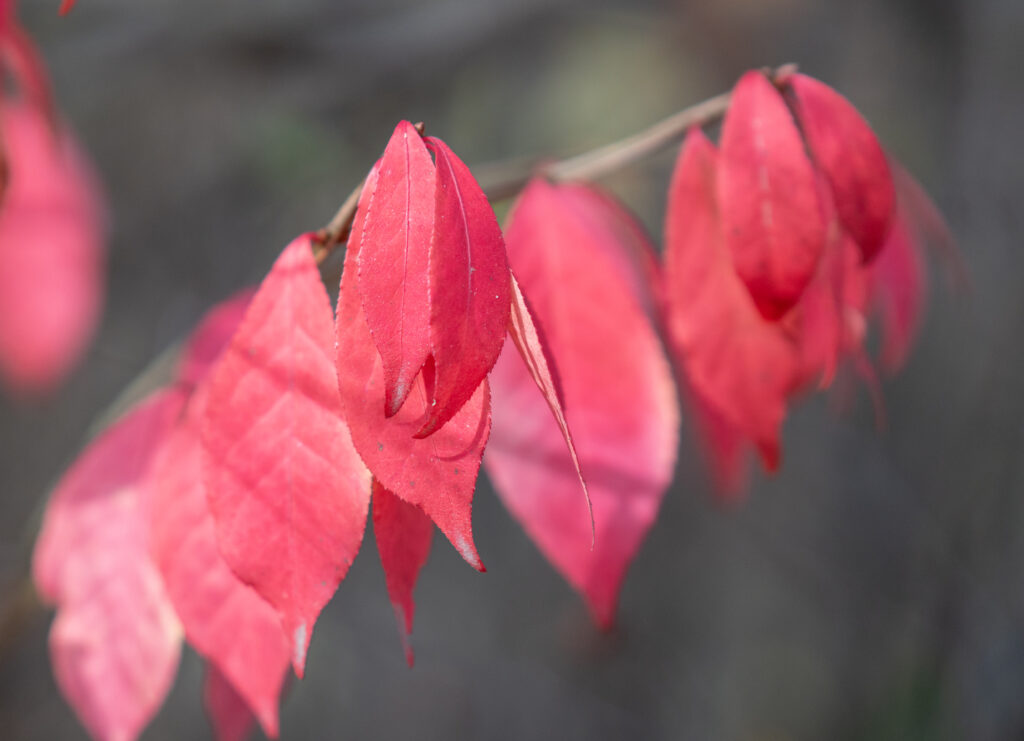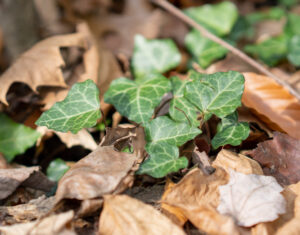
Invasive species are plants not native to our area that cause ecological and economic harm. They are prevalent in parks, neighborhoods and our own backyards. Invasive species compete – often outcompete – native plant species for food and other resources. Native plants are important because they provide numerous ecosystem services such as food, habitat, erosion control, carbon capture, water purification, and soil fertility. It is best to remove invasive species from our parks to make room for native species.
Help rid our county of invasive plants by removing one (or more!) in your yard during the month of April. Take a picture of your removed invasive plant and email it to naturalresources@carmelclayparks.com. We will then coordinate a day and time that you can pick up your free native plant to replace the invasive one you removed.

Top Invasives & their Native Alternatives
- Callery Pear (Pyrus calleryana): Deciduous tree with white flowers in the spring, often planted in neighborhoods
-
-
- Native Alternative: Flowering Dogwood, Serviceberry, or Redbud
-
- Asian Bush Honeysuckle (Lonicera maackii): Shrub with many prolific berries in the fall, forms dense stands
-
-
- Native Alternative: Coralberry and Winterberry
-
- Burning Bush (Euonymus alatus): Deciduous shrub popular in landscaping, turns bright red in the fall
-
-
- Native Alternative: Red Twig Dogwood and Black Chokeberry
-
- Wintercreeper (Euonymus fortunei): Evergreen vine/ground cover, now banned from landscape trade in Indiana, invades forest floors
-
-
- Native Alternative: Wild Ginger, Barren strawberry, and Christmas fern
-
- Maiden Grass (Miscanthus sinensis): Tall, densely bunched grass, highly used in landscapes, extremely flammable
-
-
- Native Alternative: Switch Grass, Prairie Dropseed, Little Bluestem
-

Learn more about invasive plants and how you can help identify and remove them at https://www.carmelclayparks.com/native-invasive-plants/
Source: https://www.hcinvasives.org/
